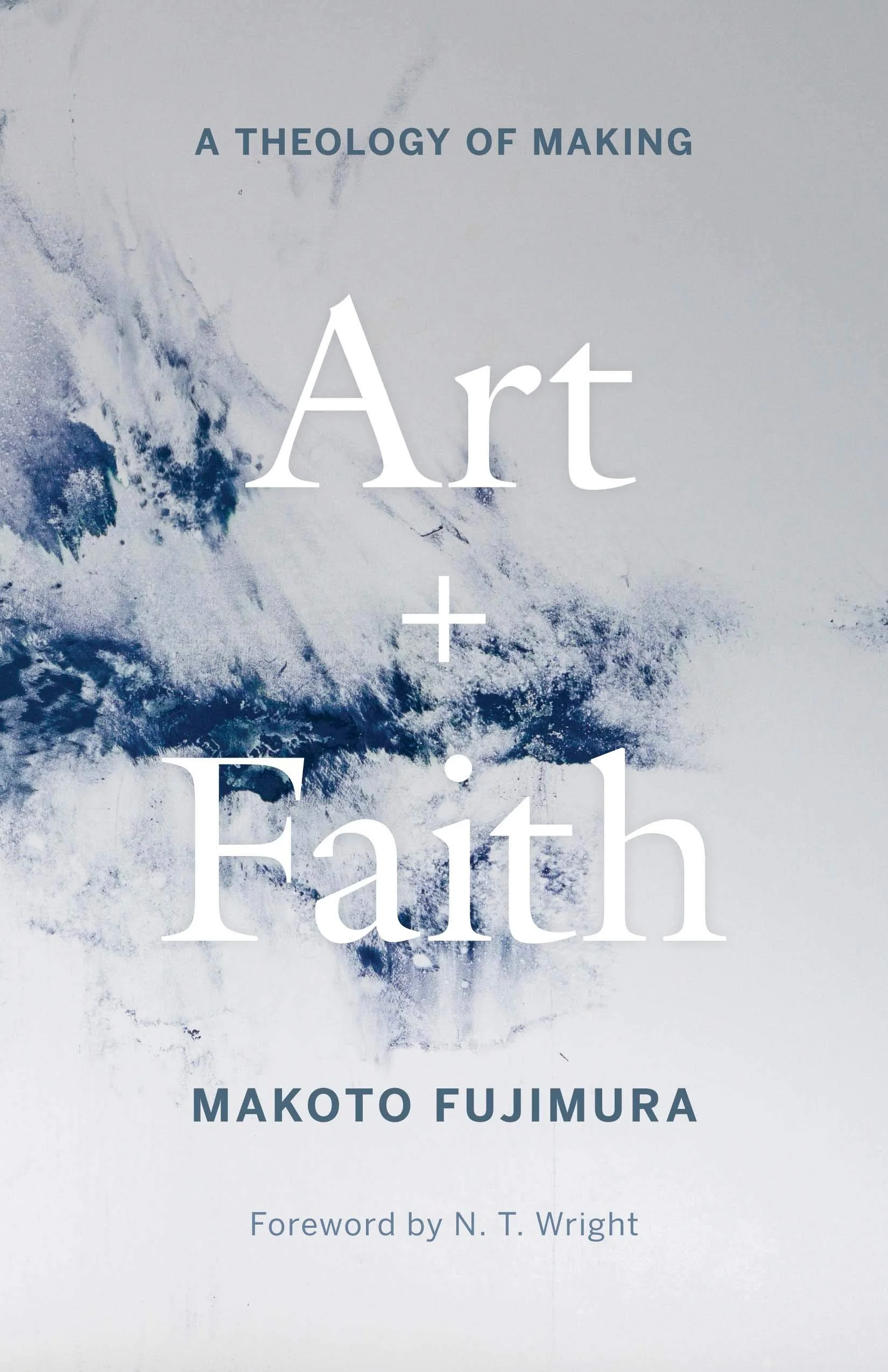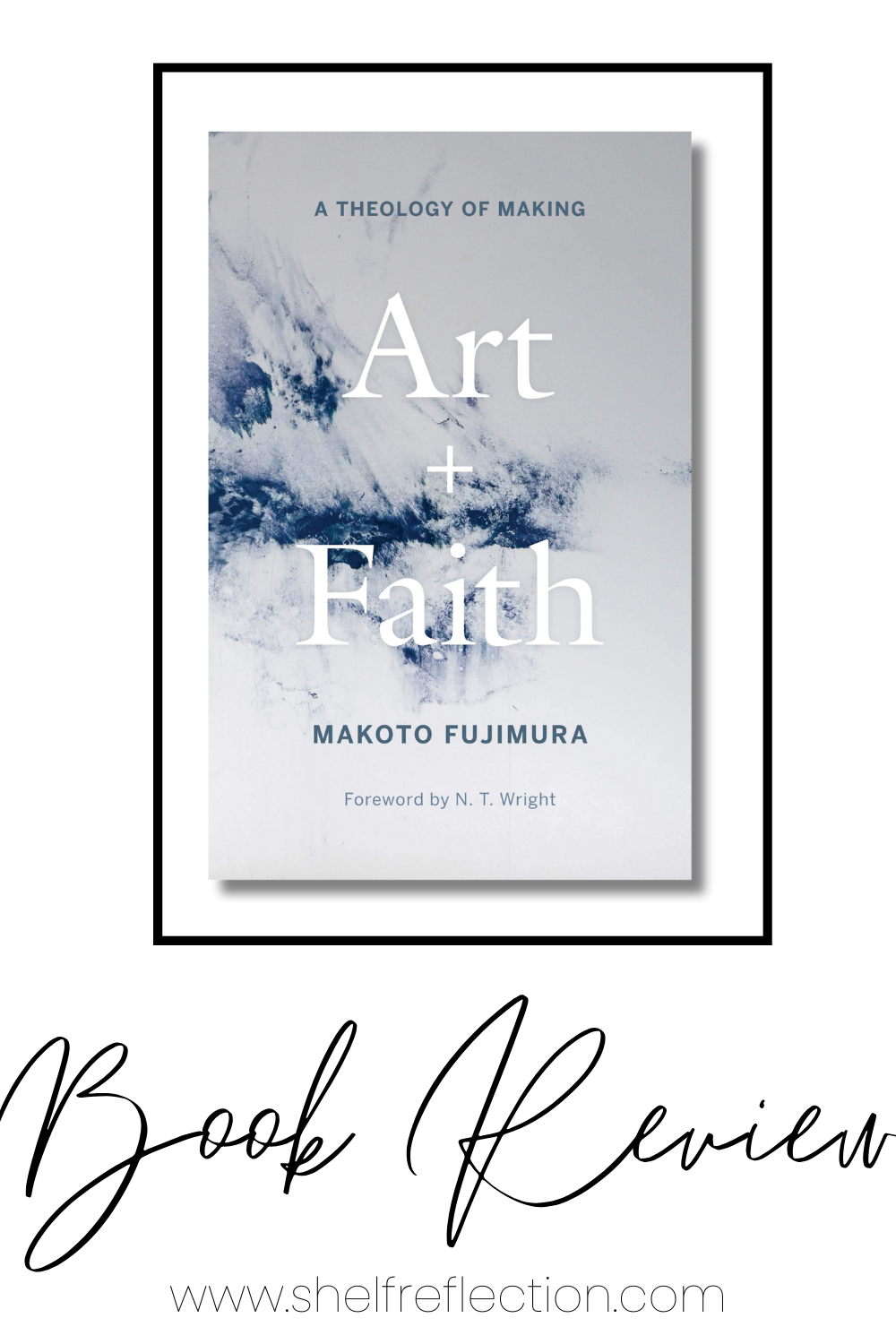Art and Faith
Art and Faith: The Theology of Making
By: Makoto Fujimura
[Fulfilled ‘Book written during the pandemic’ prompt as part of Shelf Reflection’s 2025 Reading Challenge]
“Modernist assumptions that verifiable knowledge is the ultimate path to truth have overlooked the fact that mystery and beauty are at the core of knowing. This book is an effort to affirm such journeys into the unknown, and to provide language and a map.”
I was introduced to this book at a Christian conference for financial advisors, because nothing speaks to finance like art, right? As a person holding an art degree rather than finance or economics, when one of the seminar speakers started talking about art, I was very intrigued.
To be honest, I don’t remember how he connected it to financial advising, I’d have to ask my husband, but I bought the book, nonetheless, to see what this theology of making was.
Makoto Fujimura’s website can be found HERE. Wikipedia describes his art style as “a fusion between contemplative art and expressionism, using the traditional materials of Japanese art of Nihonga.” Apparently he is one of the leading artists in the ‘slow art’ movement— which, admittedly, I am unsure what that means.
His book talks some about his art and some about the terms ‘culture care’ and ‘theology of making’ that he coined. I feel like the writing style of this book is philosophical in nature. You can tell he’s a true artist because the way he communicates ideas flows from a different thought process.
I may be an artist, but my right and left brain are always fighting for precedence for me. I see the beauty of creativity in pain and words alike, but I’m also over-analytical and question many forms of art. Looking at Fujimura’s work, it’s abstract and flowing. He tells the story of one of his pieces and then I look it up to view it and I realize- ‘There’s no way I would have gathered all of that from looking at that painting.’
I guess what I’m trying to say is that this book is an interesting read and gives the reader a lot to think about but it wasn’t a book that I felt completely pulled in by. As an artist who is known to just sit and contemplate a piece of art, Fujimura’s ideas challenge someone like me (who has a really hard time putting myself into a position like that) to think differently than I am accustomed to (or want to).
I think this book is probably best read with someone or a group of someones to contemplate its content. A lot of things he said I agreed with or felt enlightened by. But there were also some things that gave me pause and made me wonder if it stood up to scrutiny or if it just sounded profound.
I will say that I’m still processing most of what I read in this book because I’m trying to find people who will discuss it with me, so this review probably won’t feel solid or complete.
I’ll list some major points he makes and some other quotes that I found worth pondering.
Part of his theology of making is recognizing the role art plays in connecting people to God. There is more to know about God than through reading words— though he does affirm the necessity and importance of Scripture. It comes in the form of creating and expressing and experiencing.
“Makers are experienced at navigating the gap between ideas and reality. Makers can help us to love more deeply.”
He says, “I now consider what I do in the studio to be theological work as much as aesthetic work. I experience God, my Maker, in the studio. I am immersed in the art of creating, and I have come to understand this dimension of life as the most profound way of grasping human experience and the nature of our existence in the world.”
I do like that he emphasizes that humanity’s ability to create is something unique to us— something innate put into us by the Creator as we were created in his image. Creating is part of what makes us human.
We often have a narrow minded view of what ‘art’ is, or what it means to ‘create.’ It’s worth just considering all the areas of our life where we are actually ‘creating’ even if it’s not with pencils or paint or clay. You don’t have to be ‘right-brained’ to create.
He laments, “Expectations of art are largely driven by fear that art will lead us away from “truth” into an anarchic freedom of expression.”
He desires to see artists and art incorporated more in the church in helping people connect and experience the God we read about in Scripture. It’s true that the ability to create is part of prevenient grace— meaning that believers and unbelievers alike can all create. There are definitely forms of art and pieces of art that are sinful or idolatrous, but it’s also probably true that by and large we’ve wrongly lumped all art together and labeled it all as a ‘potential problem.’
There are a couple prominent themes throughout this book:
Utilitarian Pragmatism
He pushes back on the culture’s infatuation with utilitarian pragmatism. This is the mindset that we focus or value that which is practical and useful. What is efficient? He will sometimes specifically use art making processes hat force him to be ‘inefficient’ and materials that are costly to resist this idea that art is merely a commodity to be bought and sold.
“Could it be that what is deemed marginal, what is ‘useless’ in our terms, is most essential for God and is the bedrock, the essence, of our culture? Could it be that our affinity for the utilitarian pragmatism of the Industrial Revolution created a blind spot in culture that not only overlooks great art, but if purity of expression is compromised could also lead us to reject the essence of the gospel?… Do we try to ‘sell’ the Good News in the most efficient and entrepreneurial way?”
He points to God’s creation as superfluous— he didn’t need Earth or us. He created in abundance and generosity and love.
He points to Jesus’s tears as extravagant— when he wept over Lazarus, he didn’t have to. He knew he was going to raise Lazarus from the dead but expressing those tears was something Jesus deemed important.
“Our Christian culture seems to shrink from things that seem extravagant. ‘What a waste,’ we might hear, ‘because we could have fed the poor.’…The justification of extravagance, therefore, does not hinge on the amount of money: it has everything to do with the object of our extravagance, the object of our adoration, or the object of our grief. The problem is not that we do not have an extravagant visual culture; the problem is that we do not believe in an extravagant God.”
This idea caused me to revisit my artist statement from my college art show and think more about what I wrote and if I still agree with it (the jury is still out).
God’s Future City
Another point of his theology of making is the idea that what we do or make has eternal implications. He says that we are co-creators with God.
He quoted a pastor who said that only people and God’s Word are eternal and everything else will burn. He challenges that thought:
“What we build, design, and depict on this side of eternity matters, because in some mysterious way, those creations will become part of the future city of God.”
“If God is the Artist, God does not create to make things disappear. It is in the very nature of God to create for an enduring future. The Bible is not about the End; it is about the New. The fire of judgment melts away dross, but ultimately it is a sanctifying fire.”
“Our words matter because what we say and do today can last eternally!— even if it is a short word of assurance and encouragement, even if no one sees our act of kindness. That silent submission to forgive rather than stay bitter, that lonely time of walking with Christ in alone in the workplace, at school, or in the art world—Christ will use those deeds to build his city of God.”
Kintsugi
I found the artistic process of Kintsugi really interesting.
“The Japanese kin stands for ‘gold’ and tsugi means ‘to reconnect’ but tsugi also has, significantly, connotations of ‘connecting to the next generation’”
It is a process that takes shattered pieces of pottery and then, using gold as a connector, fashions them into a new vessel.
“Kintsugi does not just ‘fix’ or repair a broken vessel; rather, the technique makes the broken pottery even more beautiful than the original… So, too, the biblical passages of restoration… The Christian gospel, or the Good News, begins with the awareness of our brokenness. The Fall created a schism between humanity and God caused by our desire to become like gods. Christ came not to ‘fix’ us, not just to restore, but to make us a new creation.”
He challenges the idea that Christians focus too much on God ‘fixing’ things when it’s more about creating something new that’s better and more beautiful than before. Fixing is a pragmatic and utilitarian term… creating is a gratuitous, costly, generative term that better embodies the Spirit of God’s restoration.
Things to Think About
Here are some things that I really liked or I wondered what it meant or I questioned whether I agreed with it. I put the location in the book so you can read the context of the quote and discuss it yourselves.
[Chapter 1]
“When we make, we invite the abundance of God’s world into the reality of scarcity all about us.”
“All artists, in this sense, operate out of a faith in abundance and the experience of hope, despite the propensity of our egos to twist all that is good and make idols.”
[Chapter 2]
“Why did God create? Our view of the creative process and the role of art hinges on how we answer this question. God created out of love. God created because it is in God’s nature to make and create.”
“If ‘we make to be useful’ then we will value only what is most efficient, what is practical and industrial.”
“…we seem to ‘verify’ by relying on the ‘rationality’ of technology, but indeed, we are easily manipulated because we trust in the form rather than the content.”
“In order to be effective messengers of hope, we must begin by trusting our inner voice, an inner intuition that speaks into the vast wastelands of our time. This process requires training our imagination to see beyond tribal norms, to see the vista of the wider pastures of culture. Therefore, it is part of our theological journey to see the importance of our creative intuition and trust that the Spirit is already at work there. Our creative intuition, fused with the work of the Spirit of God, can become the deepest seat of knowledge, out of which a theology of the New Creation can flow.”
[Chapter 3]
“Without beauty and mercy, the gospel will not change the world.”
“It’s as if to say we are ‘fixed’ by the gospel, and we can now live out our identity as a New Creation in Christ. But we do not know what purpose and what world we are being prepared for. Again, it’s as if we are provided with tools to fix the pipes of injustice and righteousness, but we have no word on why the pipes are there in the first place.”
[Chapter 4]
“Thus, our brokenness, in light of the wounds of Christ still visible after the resurrection, can also mean that through making, by honoring the brokenness, the broken shapes can somehow be a necessary component of the New World to come.”
“All artists seek the New; great ones redefine what Newness is.”
[Chapter 5]
“Unless there is tangible, fruitful reality that is made into the world, what we know, and what we preach, has not incarnated itself fully in love… No matter how high the ideal, or how great the preaching, the true test of the power of the gospel to affect our lives is in the ‘bottom line’ of what we have created into the world through love.”
“The first question that should be asked as people walk into our church building is, What did you make this week?’… We need to judge on the basis of the fruit of making…”
“Market economy and gift economy: ‘a work of art can survive without the market, but where there is no gift, there is no art’”— Lewis Hyde
“When we proclaim “salvation comes free, at no cost,” we are unwittingly falling in with the architecture and the language of a transactional consumer economy.”
[Chapter 6]
“We are not horses that need to jump higher and higher (moralism) but he makes us into horses with wings… A church should be a place of nurturing those wings” (pg 78-79)
“The experience is not to ‘prove’ God’s existence, but to affirm the source of creativity and imagination, thereby affirming the center.”
[Chapter 7]
“In a world of sanctified imagination, we will come to see dominion over the earth as based not on power and domination, but on loving stewardship.”
[Chapter 8]
“I develop my thesis on a kind of culture that flows out of the tears of Christ, rather than on a culture of self-expression or utility.”
“To know an artist is to know both the depth of sorrows and the heights of joy. Therefore, we need to consider the arts as a way to value life’s mysterious details and as a way to train our senses to pay attention to the world. The discipline of the arts allows for this luxurious communing to take place in the deeper soils of all our lives. Artists are the conduits of life, articulating what all of us are surely sensing but may not have the capacity to express.”
“I believe that the rational flows out of the intuitive; the active should be led by the contemplative. But it is also clear from these passages [Mary and Martha] that the rational and the analytical must partner with the contemplative for the full reality of God to break into our world.”
“Christ called Mary’s anointing with nard act of devotion ‘beautiful’ echoing the Hebrew word kalos, a word that appears in the original language of Genesis that tells us that God called Creation ‘good.’”
“We could call this the beginning of the feminist movement. Jesus is the founder of every movement that liberates men and women from oppression or inequality.”
[Chapter 10]
“The art of waiting depends upon our willingness to die to ourselves and trust in God. Art, poetry, and music all depend on waiting. There is no music without pauses. There is no art if we are unwilling to wait for paint to dry.”
“Let us reclaim creativity and imagination as essential, central, and necessary parts of our faith journey. Imagination is a gift given to us by the Creator to steward, a gift that no other creature under heaven and earth has been given.”
One last thing that he brought up that I hadn’t thought of before.
“The Eucharist relies on us to be culture makers. Bread and wine are both realities that would not exist on their own, but earthly materials must be cultivated by human beings and require much time to create… Human beings, through their toil, and over a period of time experimenting to perfect the craft, have made bread and wine.”
It’s interesting to think about Jesus selecting bread and wine and commanding his people to partake of it in remembrance of him, knowing that they would have to do the work of creating both elements in order to obey.
Considering how much we are in a consumerist culture, I really enjoyed being reminded of the importance of creating and the value it has inherently. The book, The Language of Rivers and Stars is also helping me connect tangible beauty and created things with what it communicates about God. I think that book is more compelling to me at the moment, but I think it’s because I need some other artists to share with me how they understand this book.
Recommendation
Because I’m still processing this book, it’s hard to know how to recommend. I think if you are interested in art at all, it’s definitely worth reading and pondering some of the thoughts.
I could totally see this in curriculum of certain collegiate art programs.
I do think it’s a book that requires contemplation and is not one that you want to read while distracted or in a loud environment because you’re probably going to need to reread things a few times or sit with something a minute.
At times it feels even over-philosophical or abstract and hard to grasp some of his points. In some ways it emphasized to me some of the gaps I previously felt while surrounded by other artists in college and not feeling like I saw the world on the same level. Should I be challenged by him, or should I be challenging him? Probably some of both, but still trying to figure out which things where.
I’m interested in what others glean when they read this book and what sticks out to them so feel free to comment on what you loved or didn’t love or how the theology of making manifests itself in your own life or how you think this concept of art and creation should show up in church.
You can order a copy of this book using my affiliate link below.
Share this book review to your social media!


